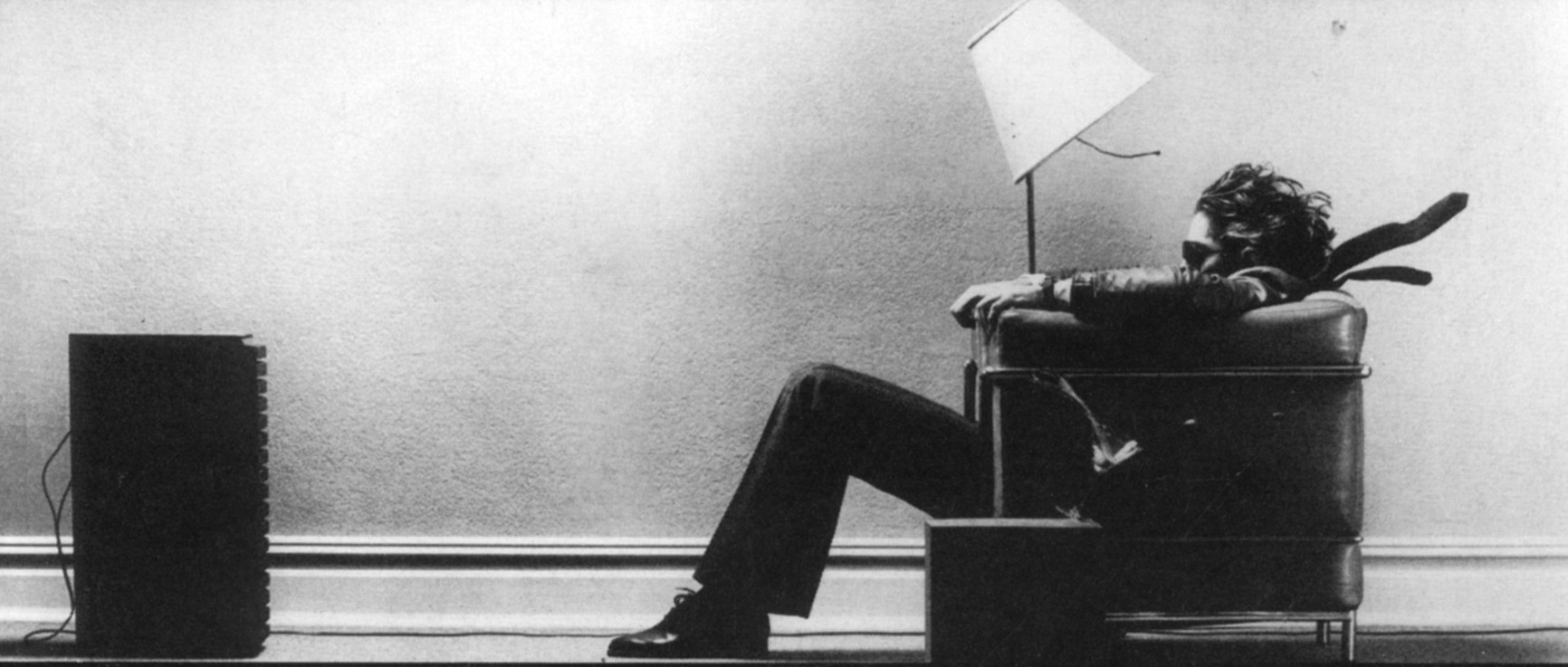“The Art of Listening” is a new documentary film that puts it all together with instrument makers, musicians, recording engineers/producers, and we the people who listen to music. This sort of thing about the art of sound has been attempted many times before, but these films always struck me as superficial and rather lame.
But not this time. When “The Art of Listening” filmmakers Michael Coleman and Emmanuel Moran contacted me in early 2014 and told me about how they were approaching the subject I felt as though they could pull it off. It sounded like an awfully ambitious project that would take years to complete — and here we are. The film is now streaming for free, so you can see for yourself if they broke new ground.
The film’s interviews seamlessly blend into one another because they all share the same theme, a love of music and how music touches people. Music is more than just harmony, melody and rhythm, the sound of music is crucial. That’s why so much passion goes into making great sounding acoustic and electric instruments, and the dedication required to record and fully capture their sound. As for listeners, when you’re truly “in the zone” with the music you’re more likely to emotionally connect with it, that’s the goal.
The sound is the thing and not just for audiophiles!
Singer/guitarist Kaki King pulls great sounds out of her Gryphon 12 string acoustic guitar, and later King talks about her connection with the guitar’s maker Joe Veillette.
King says she could have only composed her songs with the guitar; as she put it, “I was only going where the guitar was leading me.” The sound of the guitar made her play in a certain way, a way that no other guitar would or could. The sound of that guitar took her music to a different place.
We meet Dave Smith, the man who designed the legendary Prophet 5, the first analog polyphonic synth in the late 1970s, and he’s still making new instruments. Listening to Smith talk about it he’s still turned on by the idea of coaxing new sounds from his instruments, and how they can challenge musicians to write new songs.
One of my favorite drummers, Antonio Sanchez, is in the film playing kinetic beats and rhythms, and he talks about his drums’ tone. Sanchez describes about how he changes the drums’ tone and cymbals to fit the music he’s playing, I never thought about drums’ tone before, but now that I’m aware I’ll be listening for it.
Recording technology is there to serve the music, not the other way around, because as Gabe Roth of Daptone Records put it, “Music is supposed to make you feel something.” Roth believes the best way to get there is to record the entire band playing together “live” in the studio, and not having songs patched together from bits and pieces of sound that may or may not have actually been played by the band at the sessions. You can assemble more technically perfect tunes that way, but the feel may be lost in translation. After all, the band never played the tune that way, so there’s less of them in the song; Roth always opts for technically imperfect, but musically stellar takes that the band actually played. That trade-off makes a lot of sense to me.
It’s great that affordable speakers and headphones never sounded better, but it’s up to the listener to listen, not just have music playing in the background. Listening should be active, not passive, and this much I know for sure: When you listen more attentively you’ll hear more. It’s not more complicated than that.
We’re not just talking about sound quality, but you get closer to the intentions of the musicians, what they wanted you to feel about their music. To get there go to a quiet place, close your eyes and listen to your favorite music. See how it makes you feel.
Composer Philip Glass isn’t in the film, but I love his take on the subject: “The problem with listening, of course, is that we don’t. There’s too much noise going on in our heads, so we never hear anything.” Slow down, and listen.
What are you waiting for? “The Art of Listening” might help you get there. The documentary is streaming for free right now.
This article can be found on CNET.com


